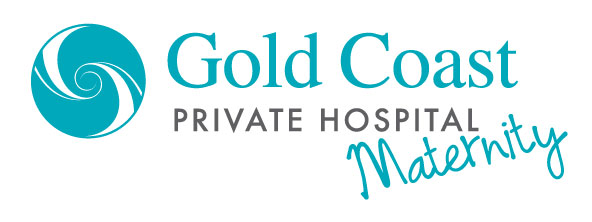While for many women breastfeeding is an enjoyable and even wondrous time, some mothers may experience bumps along the way. One of the most common issues that can occur is a ‘plugged duct’. A clogged duct can occur at any time during your breastfeeding journey, so it is important to recognise the factors that can lead to this issue and signs you should look out for.
What is a plugged duct?
A plugged duct occurs when there is a blockage in the breast preventing milk flow. It occurs gradually and usually in one breast.
Signs to look out for
It is important that you recognise the symptoms of a plugged duct, as an unresolved lump may go on to cause mastitis. Signs you could have a plugged duct include:
- You may notice a lump or wedge shaped area, which may be hot and painful to touch
- It may feel like the breast is bruised
- You may find the milk supply decreases from the affected breast
What causes a plugged duct?
A number of factors can lead to a plugged duct, including:
- Engorgement
- Inadequate milk removal. This can be caused by an incorrect latch, nipple pain, tongue tie, limiting time at the breast, skipped feeds or dummy use
- Pressure on the duct, particularly from wearing tight clothing, fingers pressing on the breast, or pressure from a nappy bag strap or straps of a baby carrier
What treatments are available?
The treatment for a plugged duct generally involves fixing the underlying problem that is causing the issue, if possible. This may include:
- Removing tight clothing
- Removing fingers from the breast while feeding
- Fixing the causes of nipple pain
- Emptying the breast on a regular basis
- Warmth on the breast, simple pain relief medication and rest are all important
When should I seek medical advice?
You should immediately seek medical advice if:
- The lump does not resolve despite correction of the underlying problems
- The lump does not resolve despite regular emptying of the breast
- You have a temperature over 38.5 with flu-like symptoms

